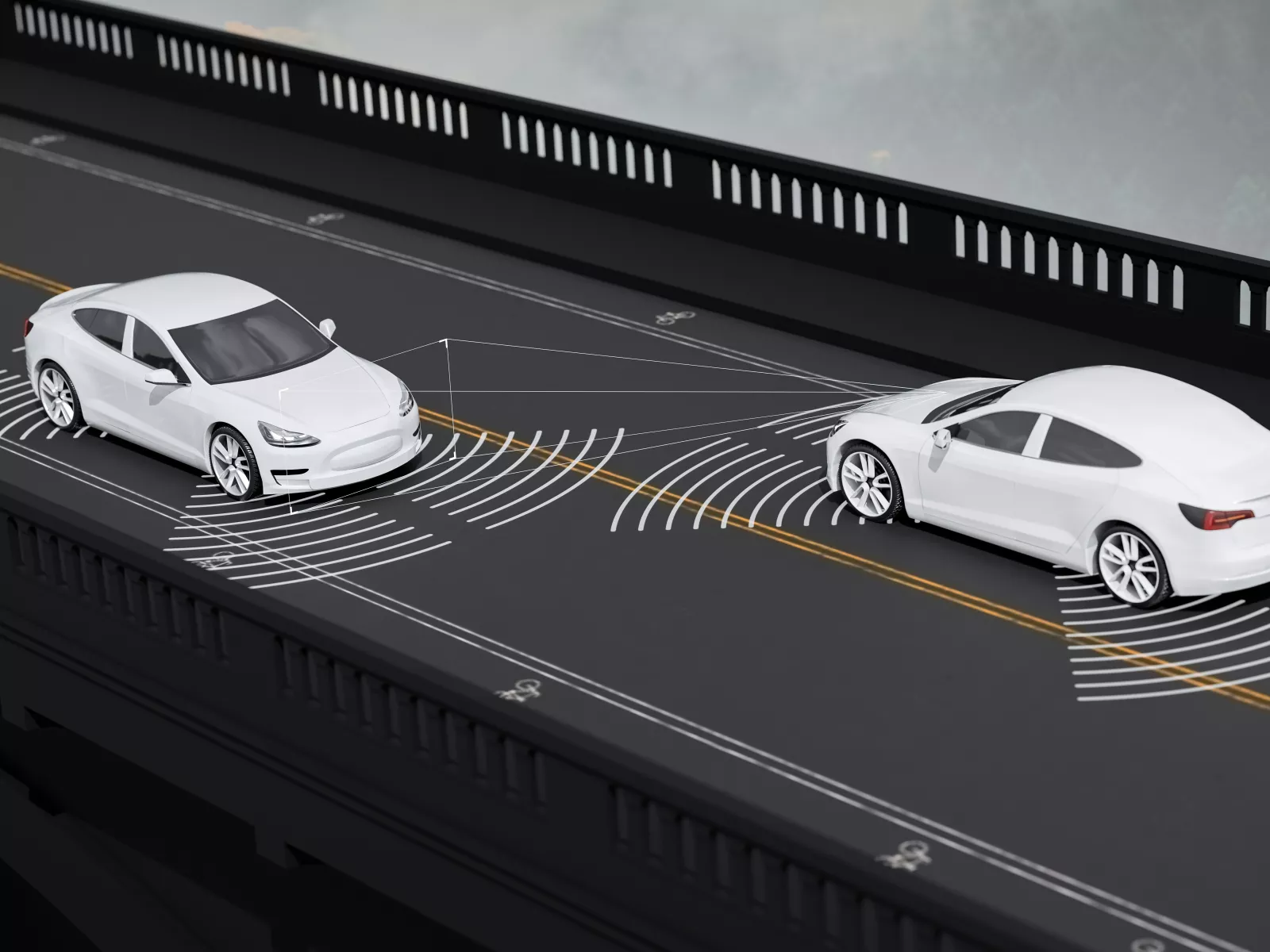
With the advent of autonomous vehicles, a future where human drivers are no longer needed and only "self-driving" cars are on the road has emerged. But can this happen, why do we need autonomous cars at all, and how could connected autonomous vehicles improve transport efficiency? The head of Systems and Control Laboratory (SCL) at HUN-REN SZTAKI now explains how we should imagine it all.
Nine out of ten traffic accidents can be attributed to human factors: slow reaction times, distracted attention or sudden, poor decisions can have fatal consequences. Computers, on the other hand, do not get tired or use their mobile phone while driving, and they react faster and more accurately than humans. Autonomous vehicles can therefore significantly improve road safety, but their development is also justified by other factors: they can shorten travel times and reduce fuel consumption, thereby reducing environmental impact.
However, self-driving cars alone are not enough: the real breakthrough would be for these vehicles to think and act together in a continuous relationship. This would allow rapid, coordinated reactions on the road based on accurate information, rather than faulty human decisions.
How autonomous vehicles think together
Communication in self-driving cars is two-way: on the one hand, they use various sensors (e.g. radars, cameras) to detect their surroundings, and on the other hand, they continuously provide information to their environment, i.e. to other cars. Traffic information can also be transmitted in two ways: in a centralized form, where all vehicles receive data from a common system, and in a distributed way, where vehicles share information directly with each other, i.e. "talk to their neighbors".
Imagine, for example, a situation where the vehicle in front of us brakes suddenly and ours reacts immediately. If all the cars in the vicinity received this information, they could slow down at the same time, preventing not only accidents but also congestion, thus reducing unnecessary fuel or energy consumption by cars. By solving traffic situations like this and similar ones, autonomous vehicles could completely transform the way we travel – saving people a lot of everyday annoyances.
"This kind of shared thinking between cars can only happen if more autonomous vehicles and fewer human drivers with unpredictable reactions are involved in traffic," explains Professor Péter Gáspár, head of Systems and Control Laboratory (SCL) and Autonomous Systems National Laboratory. "However, this obviously does not mean that if everyone switched to self-driving cars tomorrow, we would immediately be able to drive faster without congestion."
Communication is the key
According to Prof. Gáspár, for example, in order to reduce travel times, the entire transport system needs to be redesigned, which is a very complex task.
Vehicle communication is much more than just cars exchanging data. Self-driving vehicles not only sense the movements of other cars around them, but also communicate with the traffic infrastructure – such as traffic lights, pedestrian crossings and signs – pedestrians and cyclists, passenger devices such as smartphones, and the internet, which allows them to exchange data with remote vehicles.
In practice, this means that a self-driving car should not only detect immediately if another vehicle brakes suddenly in front of it, but also if the light turns red or a pedestrian steps into a crosswalk. It must recognize the destination set on our phone and get us there safely. But this requires constant, real-time communication – not just with nearby vehicles, but also with cars further away over the network. Only then can traffic be coordinated, congestion avoided and traffic optimized.
"In traffic, every tenth of a second counts, so autonomous vehicles need to react immediately in every situation. The theoretical, technical regulatory framework for this has been in place for years. But to be widely applicable in practice, coordinated international decisions, regulatory approvals and the actual deployment of infrastructure are needed," he said. "Not to mention the fact that all these systems need to work simultaneously, in real time and seamlessly, to ensure smooth and safe traffic.Our colleagues contribute through research, modelling, simulation and testing to ensure that self-driving cars deliver guaranteed, stable performance in these areas," he added.
Although self-driving vehicles are already capable of impressive technological performance on their own, the real breakthrough will not come from the knowledge of individual cars, but from fine-tuning the real-time, multi-actor collaboration between vehicles and systems – and as we can see, this is a much more complex task than teaching a car to make decisions on its own.
The above press release has received more than 20 online publications in Hungarian professional and other media, such as trademagazin.hu, gyartastrend.hu, digitalhungary.hu, iparicegek.hu, profitline.hu, ictglobal.hu, piacesprofit.hu, zoldtrend.hu, okodrive.hu, alternativenergia.hu, jovogyara.hu.